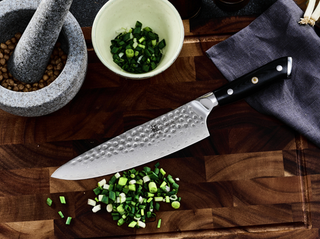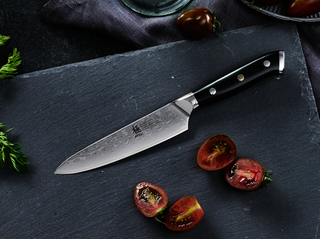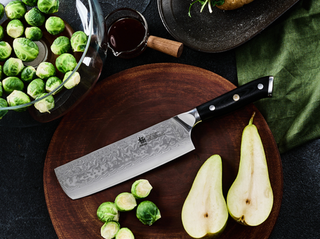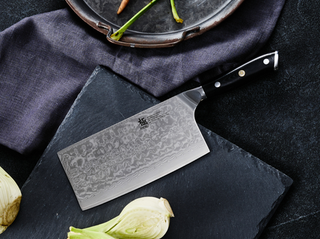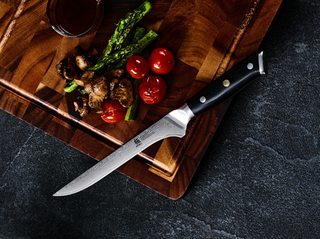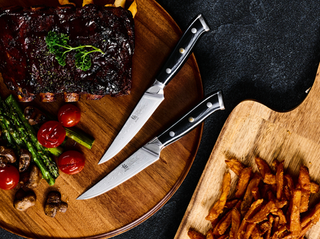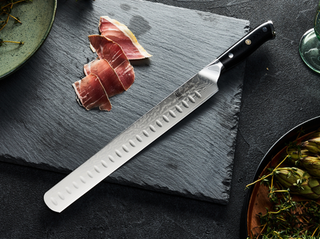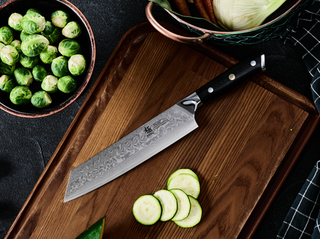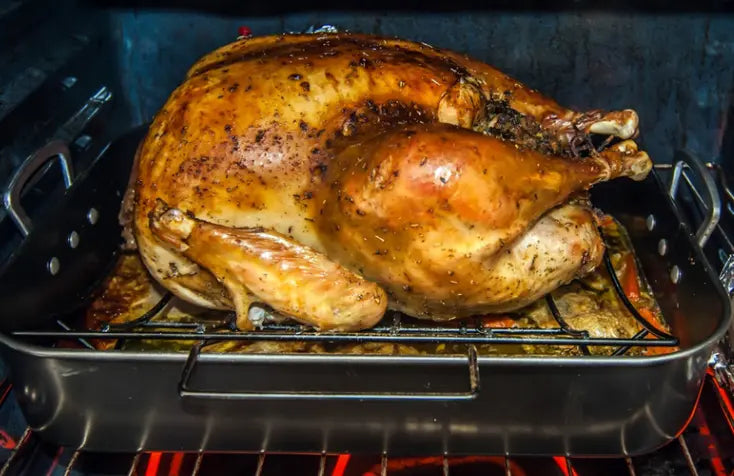Smoked turkey legs bring bold flavor with fall-off-the-bone tenderness. Cooking them in the oven at home can feel intimidating if you’re new to it, but with the right timing, temperature, and a few simple prep tricks, you can achieve juicy, flavorful meat easily. In this guide, we’ll walk you through reliable oven times, how to prep for juiciness, and steps to achieve crisper skin.
Plan and Preparation
Equipment and ingredients
- Bone-in smoked turkey legs, oil or melted butter, salt, pepper, paprika or your preferred rub, optional glaze.
- Oven-safe roasting pan and a wire rack, meat thermometer.
Optional brine or dry rub
- Brining for 6–12 hours can boost juiciness; otherwise pat the legs dry and apply rub for flavor and color.
Preheat and setup
- Preheat oven to 325–350°F (163–177°C). Higher end of this range yields faster crisping; lower end favors even cooking.
- Set up a rack so heat circulates around the legs; place on a sheet pan or roasting pan underneath.
Cooking times and temperatures
General timing (universal guidance)
From raw or unbrined: plan for roughly 1.25–2.25 hours at 325–350°F, until the thickest part reaches 165°F (74°C).
If you prefer extra tenderness, you can go to about 2.25–2.5 hours at 325°F, then finish with a brief high-heat crisping step if desired.
Temperature and finish line
Always verify with a meat thermometer. Target internal temperature: 165°F (74°C) in the thickest part; 170–175°F near the bone can occur for very thick legs and is still safe and very tender.
Skin crisping (optional)
For crisper skin, uncover for the final 10–15 minutes, or broil on high for 2–4 minutes while watching closely.

Cook Smoked Turkey Legs: Step-by-step method (beginner-friendly)
Dry and season
Pat legs completely dry with paper towels to remove excess moisture, then brush them lightly with oil or melted butter. Evenly sprinkle or rub your chosen seasoning mix all over the meat, including under the skins where feasible, to boost flavor and ensure a uniform crust.
Arrange for even cooking
Set a rack inside a roasting pan so air can circulate around every side of the legs. Place the legs on the rack with space between them to prevent steaming; this helps the skin crisp and the meat cook evenly.
Oven cooking
Slide the pan into a body-temperature oven set to 325–350°F (163–177°C). Bake for the majority of the time, checking progress with a meat thermometer starting around the 1.25-hour mark. The target internal temperature is 165°F (74°C) at the thickest part of the leg. If a leg is very large, you may see 170–175°F near the bone; that’s still safe and can yield very tender meat.
Optional glaze and crisping
If using a glaze, brush it on during the last 10–15 minutes of cooking. For crisper skin, finish with a quick high-heat burst: broil on high for 2–4 minutes while watching closely to prevent burning.
Rest before serving
Remove the legs from the oven and let them rest for 5–10 minutes. Resting lets juices redistribute, keeping the meat juicy when sliced or torn apart.
Tips for best results
Use a probe thermometer for accuracy
Rely on internal temperature rather than time alone. Insert the probe into the thickest part of the leg, avoiding bone, and monitor until it hits 165°F (74°C). This prevents undercooking or overcooking, especially with larger legs that vary in size. If your oven runs hot or cool, you can plan for small 10–15 minute adjustments and re-check the temperature for precision.
Let the meat rest after cooking
Remove the turkey legs from the oven and loosely tent with foil. Resting for 5–10 minutes lets the juices redistribute, improving juiciness and ease of slicing. For even more tenderness, keep them in a warm, draft-free spot and avoid cutting immediately.
Mind moisture and glaze options
If the legs look a touch dry toward the end, brush with a little pan juices or melted butter to refresh moisture and flavor. When using a glaze, apply in the last 10–15 minutes so it caramelizes without burning. This keeps the surface glossy and flavorful without sacrificing the meat’s tenderness.
Adjust for oven performance
If the oven tends to run hot, reduce the recommended time by 10–15 minutes and verify doneness with the thermometer; if it runs cooler, add 10–15 minutes and check again. Consistent thermometer checks are the most reliable guide across different ovens and leg sizes.
Knife-ready prep with Kyoku Knives (recommended pairing)
For best results when carving, use a Kyoku’s Japanese chef knives or boning knife to portion the tender, juicy turkey legs cleanly. A sharp blade improves control when separating meat from bone and helps reveal the leg’s delicate interior. If you’re new to knife skills, a precision-focused knife from Kyoku’s line can make the process feel effortless and safe.

Frequently asked questions (FAQ)
Can smoked turkey legs be cooked from frozen?
Best results come from thawed legs; cooking from frozen can lead to uneven doneness.
Do I need to pre-smoke or brine?
Brining improves juiciness; smoking in a smoker adds flavor, but oven cooking can still yield flavorful results with proper time and temp.
How can I tell they’re done besides temperature?
Juices running clear near the bone and meat that easily pulls away from the bone indicate doneness; the texture should be tender and not rubbery.
